Dianthus, commonly known as pinks or carnations, is a diverse genus encompassing numerous species and cultivars prized for their charming, fragrant flowers and easy-care nature. Here are some key features and care tips for Dianthus:
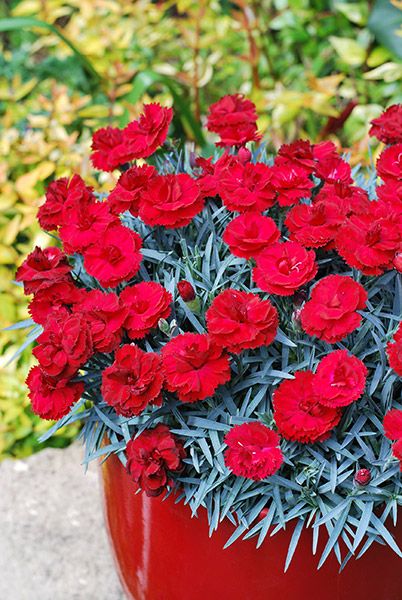
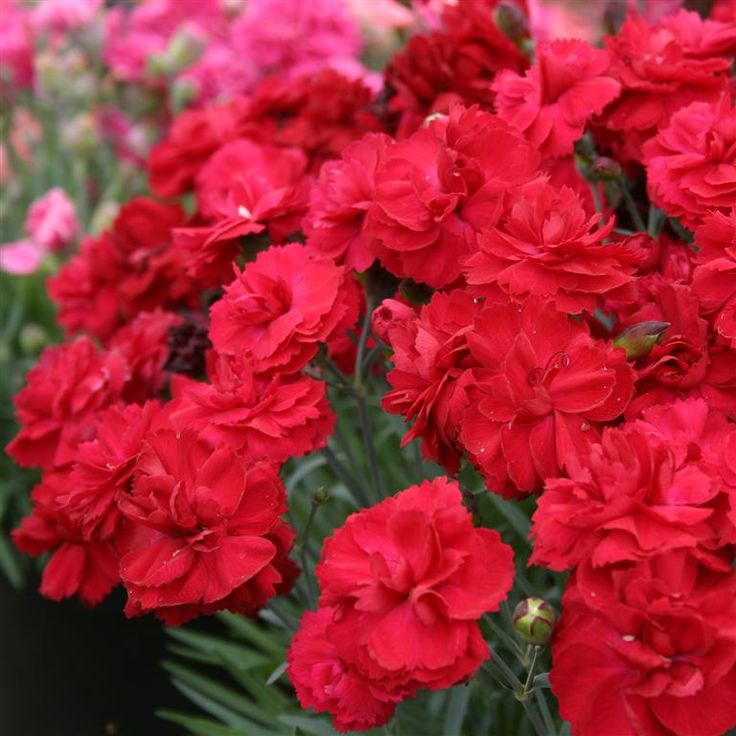
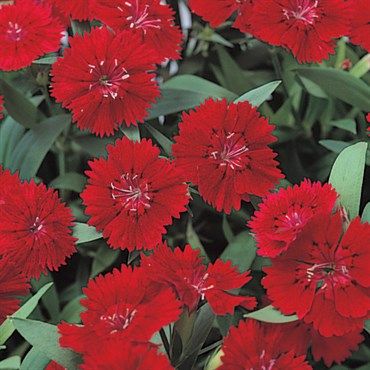
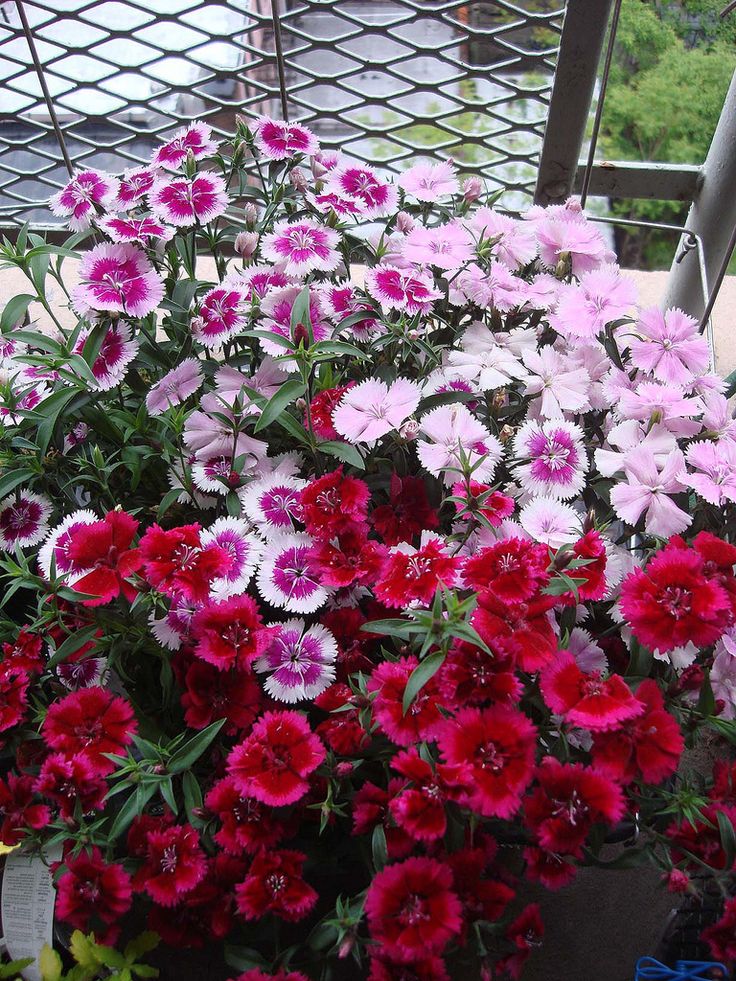
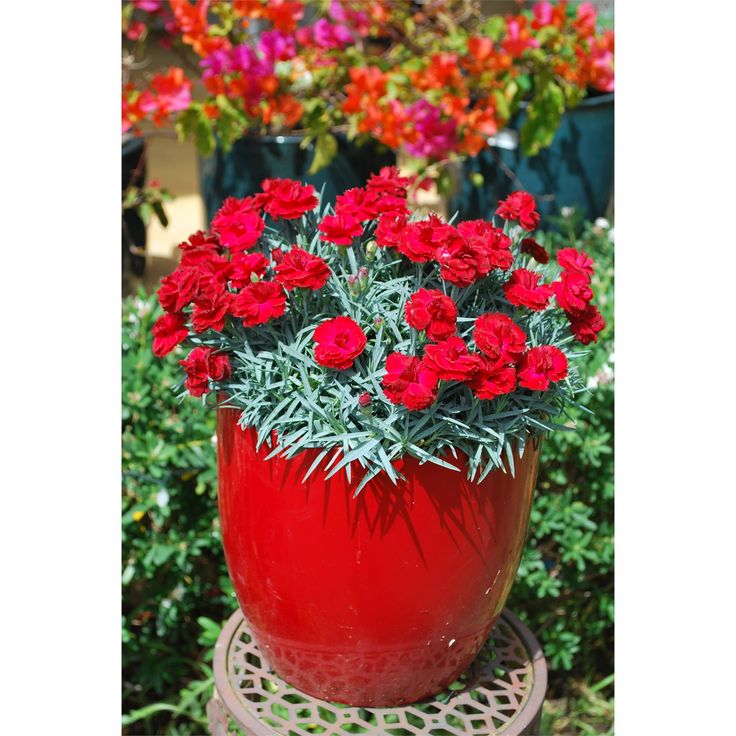
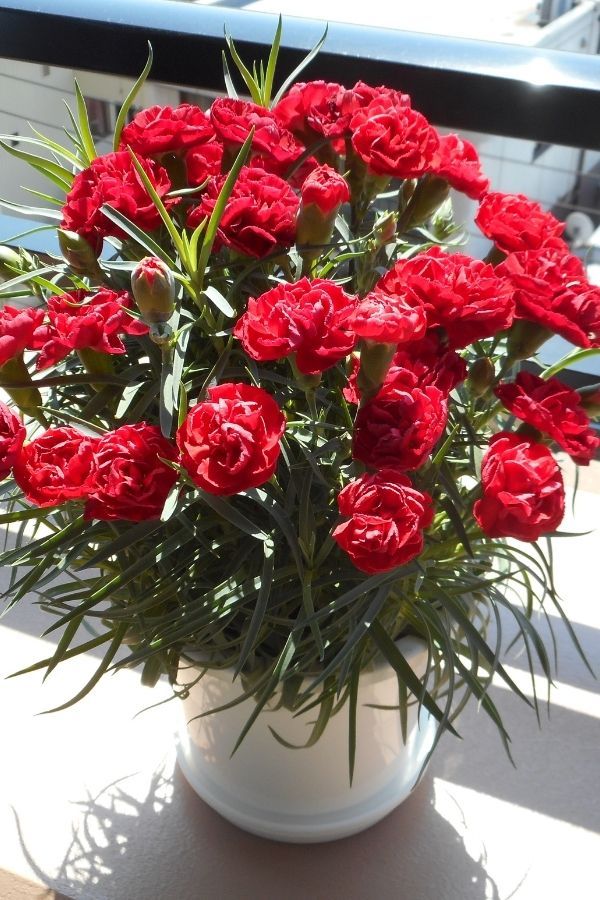
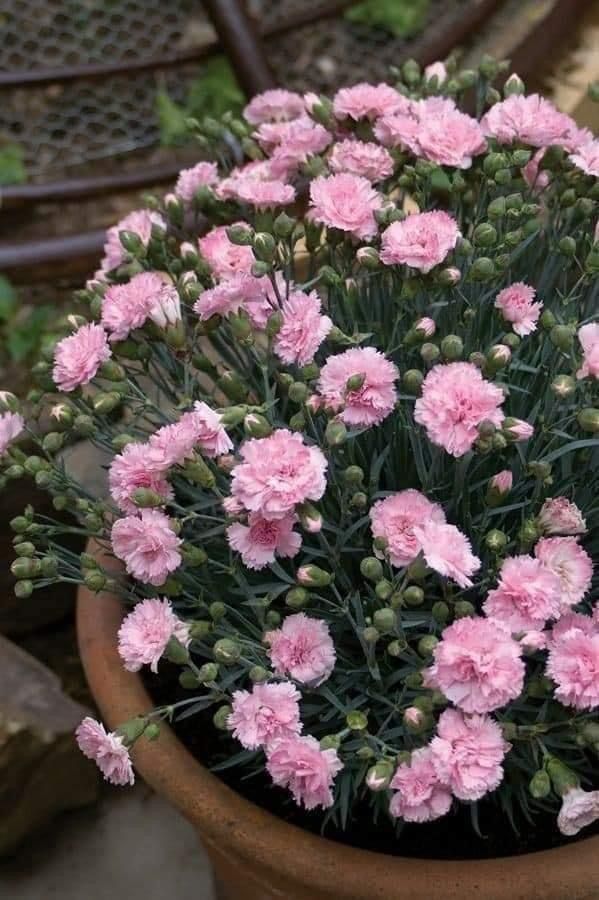
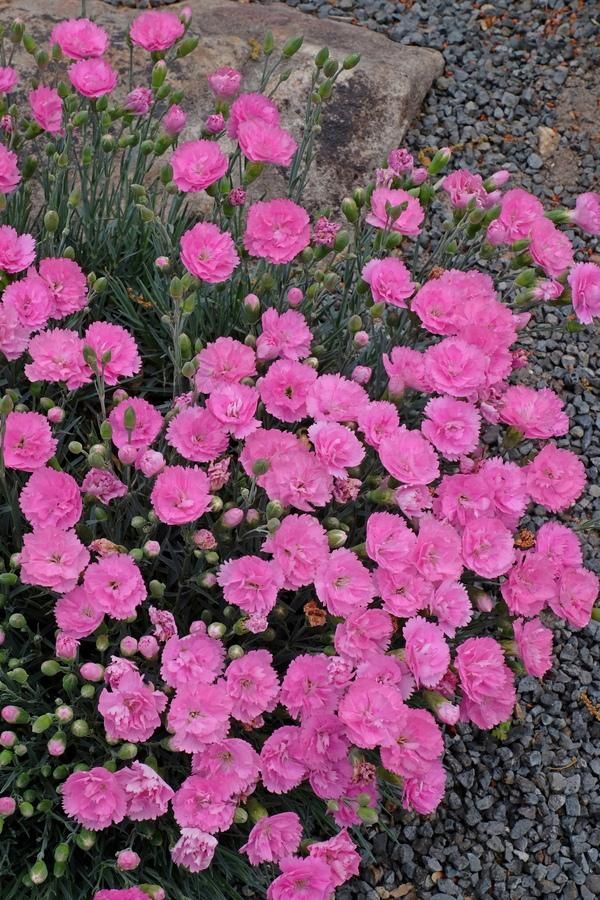
Features of Dianthus:
- Flowers: Dianthus produces small, often fragrant flowers in various colors like pink, red, white, and bicolor combinations. The blooms have fringed or serrated edges, adding to their allure.
- Foliage: The foliage of Dianthus varies from slender, grass-like leaves to broader, lance-shaped ones. The foliage can be evergreen or semi-evergreen in some varieties.
- Growth Habit: Dianthus plants exhibit a range of growth habits, from compact mounds to trailing forms, making them suitable for borders, containers, rock gardens, or edging.
Care Tips for Dianthus:
- Sunlight: Plant Dianthus in a location that receives at least 6 hours of sunlight per day. They generally thrive in full sun but can tolerate partial shade.
- Soil: Provide well-draining soil with good aeration. Amending the soil with organic matter can improve its quality and drainage.
- Watering: Water Dianthus regularly, keeping the soil moderately moist but not waterlogged. Avoid overhead watering, as wet foliage can lead to fungal issues.
- Deadheading: Remove spent blooms regularly to encourage continuous flowering and prevent the plant from setting seeds, promoting prolonged blooming.
- Fertilization: Apply a balanced, slow-release fertilizer in the spring to support healthy growth and blooming.
- Pruning: Trim back leggy stems or faded flowers to maintain a neat appearance and encourage new growth.
- Winter Care: Some Dianthus varieties are perennial and can withstand colder temperatures. Mulch around the base of the plants in late fall to protect the roots in winter.
Dianthus is a versatile and resilient plant that adds color, fragrance, and charm to garden landscapes. With proper care, it can provide beautiful blooms throughout the growing season, making it a favorite among gardeners for borders, rockeries, or mixed plantings.